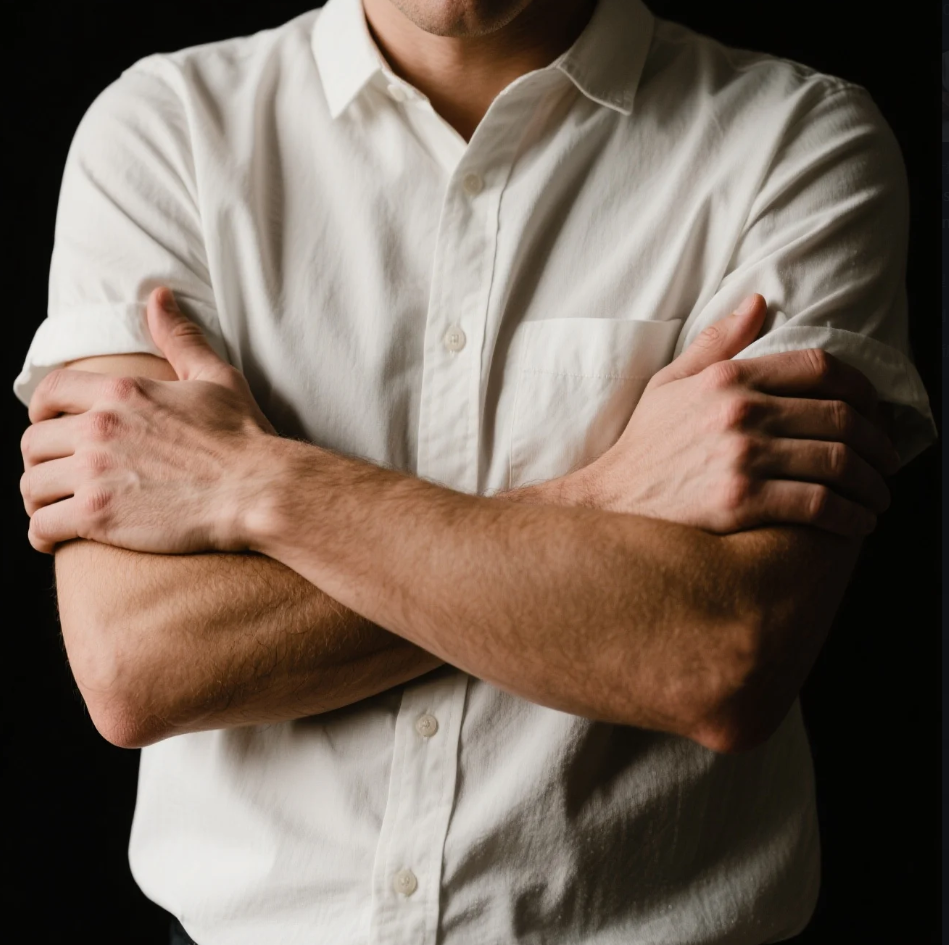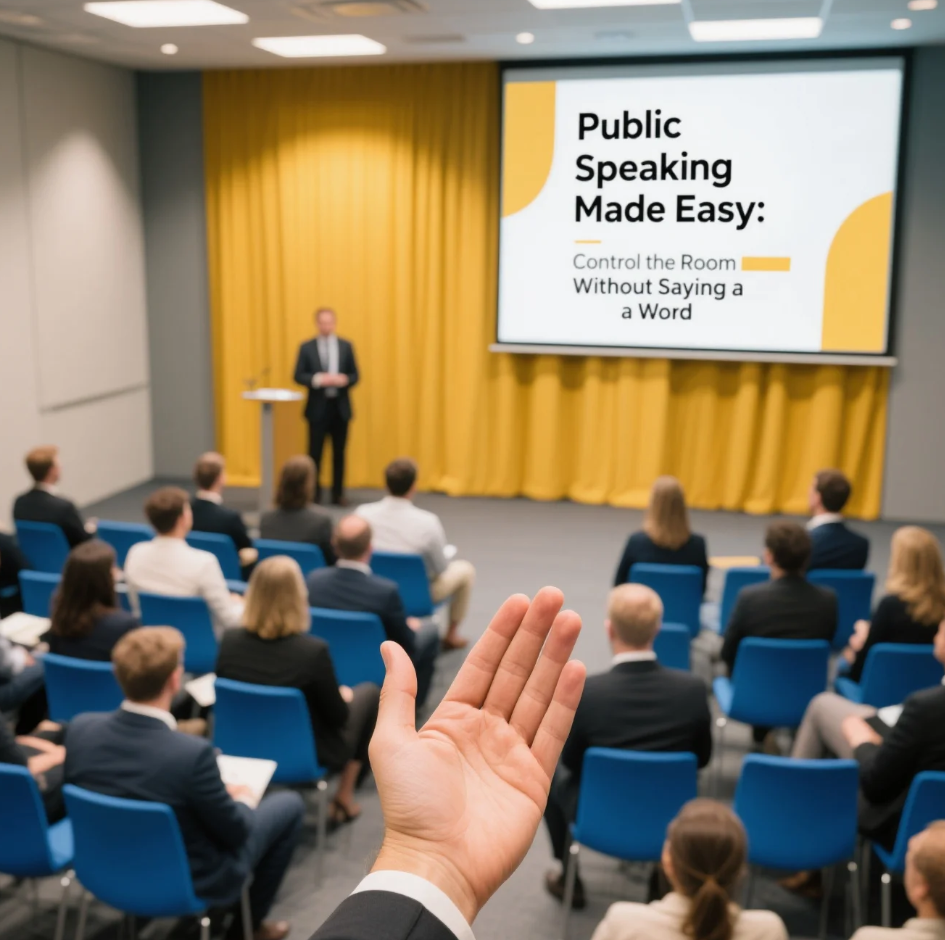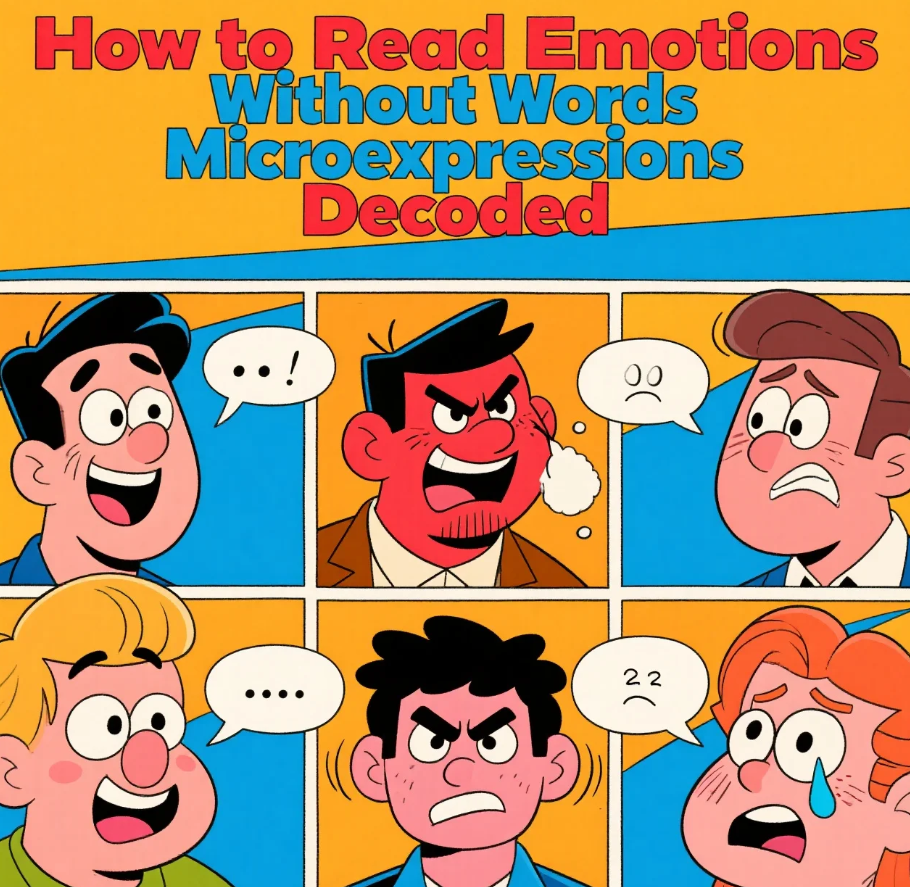Job interviews are often described as nerve-wracking, high-stakes situations where a single handshake or facial twitch can feel like a dealbreaker. While much emphasis is placed on crafting the perfect resume or preparing strong answers to common interview questions, many candidates underestimate the powerful influence of nonverbal communication. Body language, in all its subtlety, often sends messages louder than words ever can. A firm handshake, open posture, steady eye contact — these are more than just polite gestures. They shape the hiring manager’s perception of your confidence, credibility, and compatibility with their team.
The funny thing about body language is that it’s often unconscious. People don’t usually notice when they start fiddling with their pen or tapping their foot nervously. But hiring managers do. In fact, many seasoned interviewers admit they get their first impression in the first few seconds — long before you start describing your strengths or qualifications. That impression is mostly visual. A candidate who walks into the room with purpose, smiles naturally, and sits with poise already communicates reliability, confidence, and professionalism — all without saying a word.
Take for example Anna, a recent graduate interviewing for her first marketing role. She had done all the prep work: memorized her talking points, researched the company inside and out, even practiced with a friend. But when the big day arrived, her anxiety got the better of her. She slouched slightly in her seat, avoided eye contact, and clutched her resume folder like a lifeline. She was articulate and clearly qualified, but her nervous energy made the panel question whether she could handle high-pressure projects. A week later, she didn’t get the job. What hurt most wasn’t what she said — but how she came across.
On the flip side, there’s Marcus, an IT professional who was transitioning into a leadership role. He wasn’t the most polished speaker, and he even stumbled over a technical question. But he walked in with calm confidence, shook hands warmly, maintained eye contact, and used open hand gestures when explaining his previous roles. His body language made him appear composed and trustworthy. The hiring manager later admitted they were impressed by how grounded he seemed, especially under pressure.
These real-world scenarios show that interview body language isn’t just fluff. It’s part of your professional presence — a key factor in “interview success,” “personal branding,” and even “job offer conversion rates.” In industries where soft skills matter, such as customer service, sales, consulting, or management, how you carry yourself may be just as important as your technical qualifications.
But body language is about more than looking confident. It also helps regulate your own emotions. When you breathe deeply, sit up straight, and avoid self-soothing behaviors like nail biting or arm-crossing, you signal to your brain that you’re safe and in control. This lowers cortisol levels and helps you think more clearly. It’s a psychological feedback loop. Calm body, calm mind. And calm minds perform better in high-stakes environments like interviews. Candidates who understand this tend to perform more consistently — and leave stronger impressions.
In the digital age, interviews aren’t always face-to-face. Video interviews are now a regular part of the hiring process, especially for remote jobs or multinational companies. This adds a new layer of complexity. Suddenly, you have to think about lighting, camera angles, and how your posture reads through a screen. A weak Wi-Fi connection or awkward camera angle can make you look distracted or disengaged. Candidates who lean too far back in their chairs or constantly glance down at notes can appear disinterested, even if they’re just nervous. But those who treat the camera lens like a real person, maintain eye contact with it, and smile naturally often feel more “present” to the interviewer — a key to standing out in virtual interviews.
Body language can also enhance your storytelling. When you talk about a time you led a difficult project or overcame a challenge, using your hands subtly to emphasize points can make your story more engaging. Your face should reflect the emotion of your narrative — a smile when recalling a success, a thoughtful expression when discussing a challenge. These expressions bring your words to life. They show that you’re not just delivering rehearsed lines, but actually reliving your experiences and connecting with your story. Interviewers notice that authenticity — and they remember it.
Even the way you exit an interview matters. Many people focus so much on the content of the interview that they forget how they walk out. Standing up straight, offering a genuine smile, making warm eye contact, and saying a clear “Thank you” leaves a lasting positive impression. It signals self-awareness and emotional intelligence — both of which are among the most in-demand soft skills today. You don’t want to leave behind the impression of someone rushing out in a flurry, fumbling with their coat or bag. You want to be remembered as composed and polite, someone who is ready to work with people.
Reading the room is another underrated part of body language during interviews. Being able to mirror the tone and energy of your interviewer — without overdoing it — builds rapport. If the interviewer leans in, you can subtly do the same. If they smile often, it’s safe for you to do so too. This kind of synchrony creates what psychologists call “nonverbal attunement,” a strong predictor of social compatibility and team fit. Companies want to hire people who can blend into their culture and work well with others. Nonverbal harmony is a subtle but effective way to communicate that.
One overlooked aspect is how clothing and grooming affect your nonverbal message. You might not think of it as body language, but your appearance sets the tone before you even speak. Wearing clothes that fit well and suit the company culture shows respect and self-respect. It also helps you feel more confident. Feeling good in what you wear translates into your posture, facial expression, and energy. You’ll stand taller, move more comfortably, and radiate quiet confidence — all of which help you appear “hireable” in the eyes of the interviewer.
Confidence isn’t the absence of nerves — it’s how you handle them. And body language is a big part of that. Instead of fighting your nervousness, channel it into purpose. Breathe deeply. Ground your feet. Keep your spine straight. Use gestures when they feel natural. Smile when it fits the conversation. These small, consistent habits can completely change how you’re perceived. Over time, they also start changing how you see yourself. Candidates who learn to manage their body language often report feeling more empowered, not just in interviews but in other life situations too.

Of course, no body language trick can replace genuine preparation or relevant qualifications. But when paired with those essentials, strong nonverbal communication becomes your edge — your secret weapon in competitive job markets. It helps you show up not just as someone who wants the job, but someone who is ready for it. There’s a quiet power in mastering your presence, and employers can feel it the moment you walk in. Or log in, as the case may be 😊













Leave a Reply